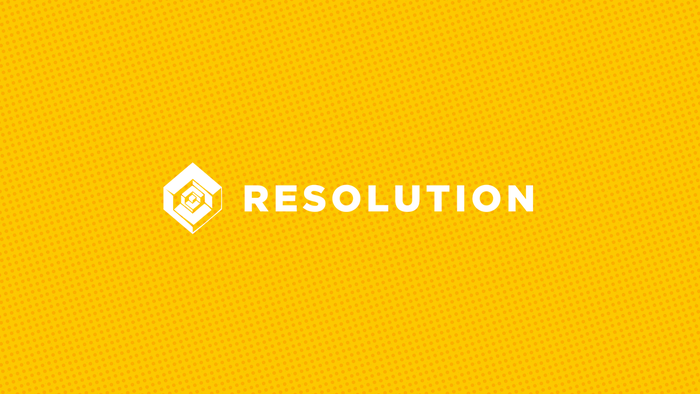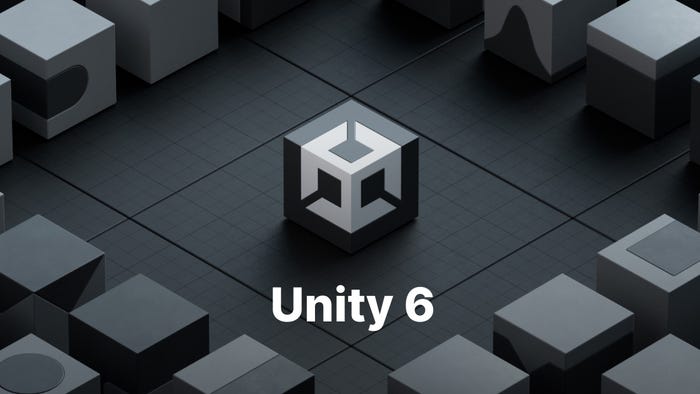Wordsum Postmortem - The 10 year journey of a solo game developer
After 10 years of attempting to be a game developer in my spare time, I had zero games made. Wordsum was the game that would change all that for me. This is my journey...

Working on Wordsum was a personal test for me. I had been attempting to make games for around 10 years. Most of my time was spent learning the basics, building prototypes and completing lots of tutorials. All of this effort amounted in 0 games completed. My projects were either too ambitious or required a knowledge I didn’t have. I continued to pursue my passion at night while working as a software developer during the day. It wasn’t until I ported my most complete game called Flax to Unity that I felt like I had a chance. It also didn’t hurt that I had quit my full time job to take a much needed break. From a tiny sketch in a note book, Wordsum was born.
iPhone / iPad: https://play.google.com/store/apps/details?id=com.pixelshotgames.Wordsum
Android: https://geo.itunes.apple.com/us/app/wordsum/id991595052?mt=8&uo=6
What went right
1. Play testing from prototype
One thing web development had taught me was the sooner you involve your users, the closer your final product will be to a user's expectations. I found games to be no different. From the moment I had something that resembled playable, I installed it on my phone and asked friends to try it. Play sessions were informal and I asked simple questions like "how do the controls feel?" and "what do think about the concept?". I observed their body language and any audible clues to what they were feeling. It's pretty easy to spot when someone is or isn't having fun.

The feedback helped me uncover problems with the game that seem so obvious now. For example, I found players really wanted a sense of progression. Having a single game board with no real win state provided no reason to return. Adding worlds and levels for players to complete provided an end goal. Players could beat as many levels as they wanted in a session and then return later to complete more.
I continued to have people test the game when I reached new milestones. In the end, play testing often was essential part in turning Wordsum from a rough idea to a finished game.
2. STARTING SIMPLE AND KNOWING MY LIMITATIONS
For years, I would dream up game ideas that sounded great but ended up being too ambitious and required skills I didn't have. For Wordsum, I thought of a game what I could make without any help. In the past, I had ran into road block when it came time to create the art for the game or add more complicated systems like multiplayer. For this game, any feature I added had to be something I actually thought I could do and not something I hoped I could do. Also, Each new thing I added must be absolutely core to the game's experience. This thought process contributed to why the game was 2D instead of 3D.

Each new idea I wanted to add had to pass a series of questions. How long will this take me? Can I do something easier? How sure am I that this will be fun? What will I have to learn to complete this? The answers to these questions would determine if my idea was worth implementing. This saved me time by avoiding big changes that I would eventually throw away.
3. AGILE DEVELOPMENT
When I started working on Wordsum, I created a version of the game with only the core elements. This was a single screen that created a new row of letters every N number of seconds until it filled a grid and informed the player the game was over. There was no input or any real game mechanics. It was a start and a milestone I had reached.
The first iteration of my game only had these core elements:
a single screen
rows of letters
a timer
The screen filled with new rows of letters every N seconds based on the timer. Once the grid was filled a message displayed to the player that the game was over. It was simple: no input, no real game mechanics. It was my first milestone and I had reached it. Even though it wasn't a playable game, I showed it to people (even though it was lame) and explained what it would evolve into.
From there, I worked on the basic gameplay loop. I started adding the ability to select letters and a button to submit the selection. Next I added logic to determine if the selected letters was a dictionary word. These steps led to iterations that could be played by users. Building the game in layers made my code better and more modular. Each time I completed a milestone and pushed out a build, it felt good. This progress is what kept me going and prevented me from losing sigh of my end goal.
From there I worked on the basic gameplay loop. Once I had a build that someone could actually “play”, I showed it to my friends. It looked really bad and played just as bad but being able to build the game in layers made my code better and was a big motivator. Each time I completed a milestone and created a build, it felt good. This progress is what kept me going and prevented me from losing sight of my end goal.
Things that went wrong
1. CHOOSING A MONITZATION STRATEGY
Making money as a game developer is hard. Making money as an mobile indie game developer seemed almost impossible. I doubted whether people would buy my game. Free to play seemed like an obvious choice at first because it was easy to convince people to download the game and try it. I found that most that tried it, liked it a lot. I made some money from advertisements as well as In-App Purchases. This was great but in the end I wasn't making a lot of money. This was partially due to my download numbers being too small. This was due to the game not being social which made it very hard to get the word out. Also, I found it hard to implement IAP in this type of game without upsetting players and just being down right shady.
If I had charged $0.99 for the game and received half the downloads, I would have made much more money. I feel like my game was much more suited as a paid game rather than a Free To Play game. I'm really glad that I got as many people as I did to play the game but I should have had more confidence in Wordsum and asked for money upfront.
2. NO ARTIST
I’ve tried over the years to work with people on different types of projects. My results varied but most of the time, interests faded and I was left doing the work. I let this be an excuse for not finishing things. This time I wasn’t going to let that hold me back. Lucky for me, the resources available to game developers has gotten to be pretty amazing over the years. Things like Unity’s asset store provide a market place for you to purchase everything from 3D models to sound systems. While you still have to make the game, having this available helped me complete Wordsum and even make it a good game.

It might sound like this entry should be part of "what went right". The problem was, I spent a lot of time looking for art and sound assets that looked right and followed a common theme. This was draining and caused a lot of rework. Over the course of working on Wordsum, I changed the UI 4 times before I was satisfied. After all this, I still wish the game looked “better” and all the tweaking I did took away from what really counts, the gameplay.

I also think that using the pre-made assets prevented the game from have a unique look to it that would have drawn people in. Most reviewers and players will make quick judgement of a game just on the way it looks. Who knows if I would have gotten more downloads with a strong art direction. In the end I didn’t have much choice but I could have saved a lot of pain working with an artist.

3. DID NOT START MARKETING EARLY
While I was making Wordsum, I read a lot about how to get people to play my game. Everything I read said you should start marketing your game as early as possible. Unfortunately I put this off until much later in the game's development and I think it hurt my total download numbers. I didn't think anyone would care about the development of a word game on mobile devices. I looked at other games and thought that of course people would be interested in that game. I should have had more confidence and just shared no matter the type of game.
4. NOT KNOWING WHEN TO LET GO
I think Wordsum is fun to play. After all, I made the game for me. When others played it, they had a lot of fun. If this was the case, why were my download numbers so small? This question plagued me day and night after releasing my game to the public. It could have been any number of things but at some point I need to let go. A close friend tried to help me by asking me what my original goal was. My answer to her was always to finish something that I could be proud of. If that was my goal then I reached it months ago but I didn't stop. I kept updating and marketing the game to little success. Sure the game is better because of the extra time but I should have moved on and started something new instead.
Summary
Making Wordsum was challenging in many ways but it was worth it. The feeling of having my game played by so many people is an awesome feeling. Even if I never make another game I can at least feel that I accomplished something. If you enjoyed the post-mortem, please try the game and tell me what you think on Twitter @pixelshotgames. It's available on Android and iOS.
Read more about:
BlogsAbout the Author(s)
You May Also Like








